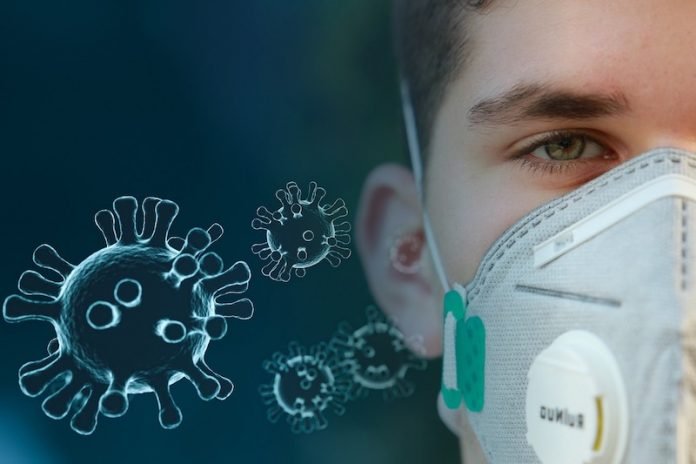
In a new study, researchers may have solved a mystery surrounding the novel coronavirus pandemic:
Why men infected by the virus generally show more severe symptoms than women in the COVID-19 pandemic.
The research was conducted by a team at Montefiore Health System and Albert Einstein College of Medicine and elsewhere.
The scientists showed for the first time that men clear the virus from their bodies slower than women and found a possible explanation: a potential male-only “reservoir” for coronavirus.
COVID-19 studies worldwide have consistently shown a higher incidence and greater severity of the disease in men compared with women.
This study found that men have more difficulty clearing coronavirus following infection, which could explain their more serious problems with COVID-19 disease.
The viral-clearance analysis involved 68 people (48 men and 20 women) with symptoms of COVID-19 who were examined at India’s Kasturba Hospital for Infectious Diseases, in Mumbai.
After undergoing initial nasal swab tests indicating active infection, individuals were re-tested with serial swabs until the tests turned negative, indicating the time taken to clear the coronavirus.
The women cleared the virus significantly earlier than men: a median of four days for women vs. six days for men.
Next, three Mumbai families were identified in which men and women had tested positive for coronavirus infection on swab testing.
Again, the women in all three families cleared the coronavirus earlier than male members of the same family.
Why do men have trouble shaking off their infections? Seeking a molecular explanation, the researchers focused on how coronavirus infection occurs.
To infect cells, coronaviruses must first latch onto well-known proteins, called ACE2 receptors, that sprout like tiny antennae from the surfaces of cells.
Cell types expressing copious levels of ACE2 on their surfaces would theoretically be most susceptible to infection.
The researchers consulted three independent databases with information on ACE2 expression in different tissues.
They saw that the testes, along with the lungs and kidneys, were among the areas of the body with the highest ACE2 expression.
By contrast, ACE2 could not be detected in tissue of the ovaries, the female equivalent of the testes.
The team stresses that the novel coronavirus’s ability to infect and multiply in testicular tissue needs to be confirmed.
A recent study from China compared the levels and ratios of sex hormones in male COVID-19 patients vs. healthy men of the same age.
The results indicated that the COVID-19 patients had experienced impaired testicular function—evidence that the testes may be significantly affected when men develop COVID-19.
Such a COVID-19 complication could have important medical and public health implications, she notes, and it deserves to be investigated by clinical trials.
One author of the study is Aditi Shastri, M.B.B.S., an assistant professor of medicine at Einstein.
The study was uploaded to MedRxiv, a website that has become widely used to share information quickly during the COVID-19 pandemic.
Copyright © 2020 Knowridge Science Report. All rights reserved.



